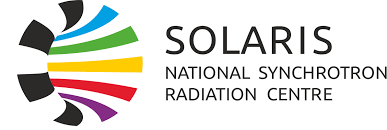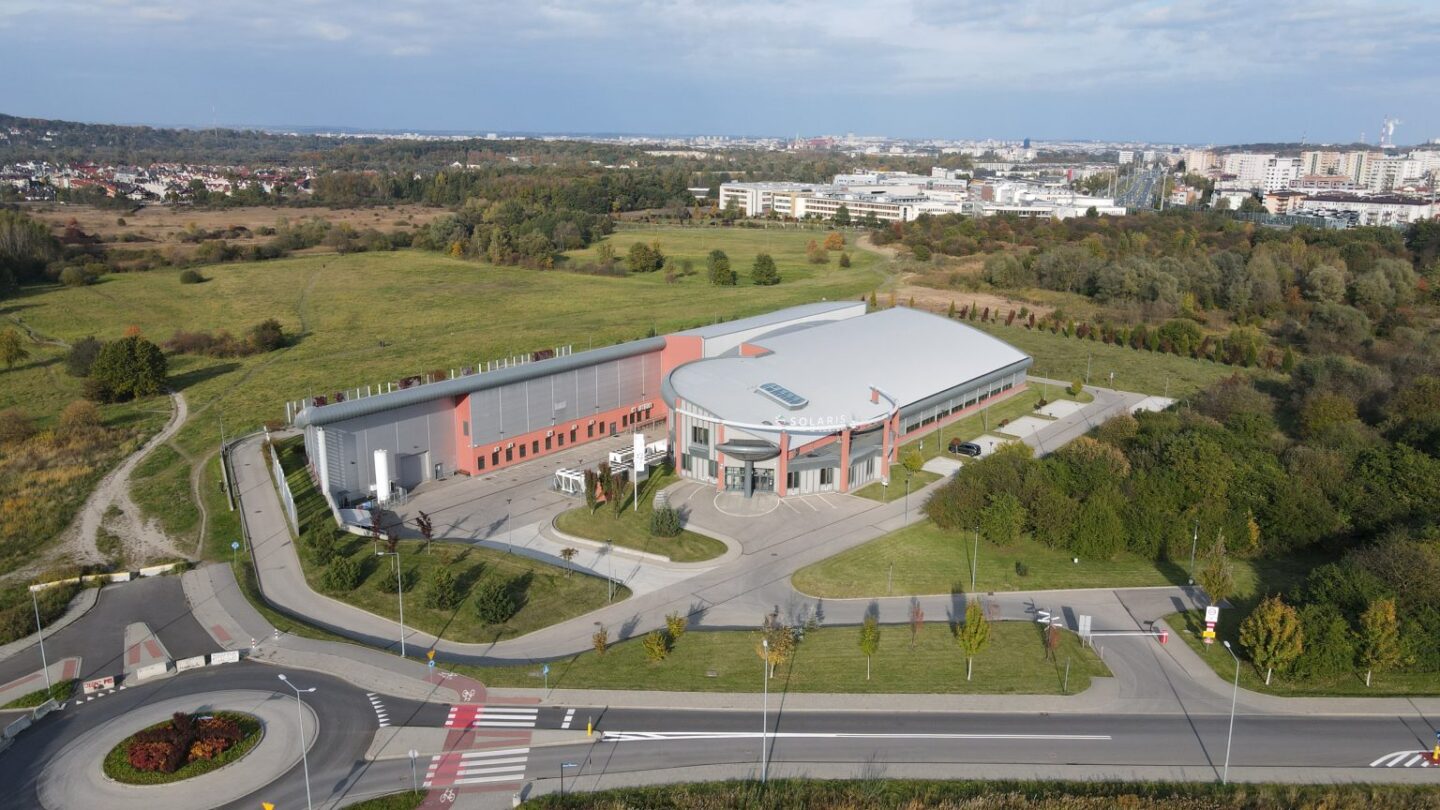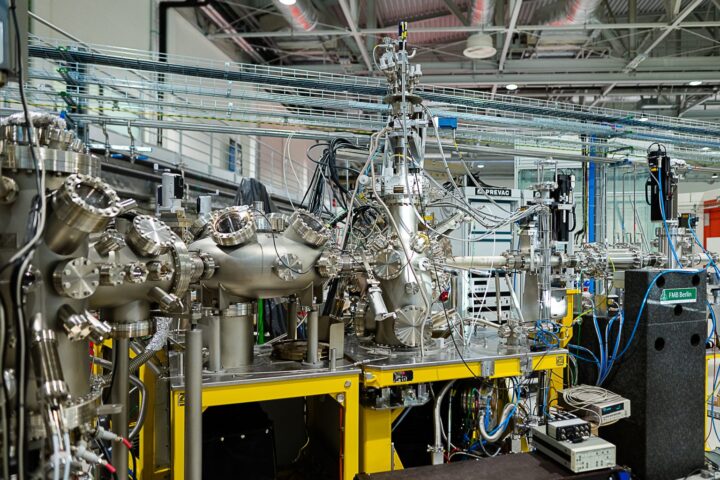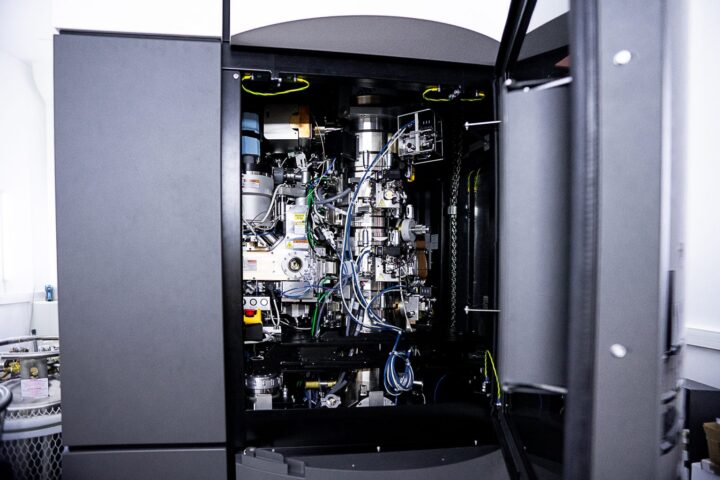SOLARIS
Jagiellonian University Czerwone Maki 98
30-392 Krakow
Poland

About SOLARIS
The SOLARIS synchrotron is the most modern and largest multidisciplinary research tool in Poland. Moreover, its outstanding capabilities place it firmly at the cutting edge of devices of this type in the world. It was created as a result of an unprecedented collaboration between the National Synchrotron Radiation Centre and the MAX IV Laboratory, a research facility hosted by Lund University in Sweden. Thus SOLARIS is a replica of one of the two synchrotrons in Lund. Its storage ring consists of 12 identical Double-Bend Achromat (DBA) cells. The typical DBA cell contains two bending magnets flanked with strong focusing quadrupoles and sextupoles. In order to reduce the number of magnets, a few magnet functions have been combined and integrated into one solid iron block within a cell. This innovative technology makes it possible to obtain a very low emittance electron beam circulating in the machine of a relatively small size. SOLARIS National Synchrotron Radiation Centre functions as a part of Jagiellonian University. The Centre has been opened since the 21st of September 2015 and it is the first synchrotron in Poland and the only one in East and Central Europe. The development of the third-generation light source based on the collaboration with the Swedish scientific labolatory MAX-Lab in Lund. In the result of this partnership, a 1.5 GeV storage ring of 96 meters design was finalized. The employment of the innovative technology made it possible to obtain a very low emittance electron beam circulating in the machine of a relatively small size. The Centre has been opened for Users since 2018 and at the begining of 2024, SOLARIS facilitates the seven beamlines, operating in the range of radiation from UV to soft X-ray, providing various experimental techniques. At the PIRX beamline, the Users can exploit X-ray absorption spectroscopy (XANES region, X-ray absorption near edge structure) and magnetic dichroism. The main technique at the URANOS beamline is Angle-resolved photoelectron spectroscopy (ARPES). The PHELIX beamline based on two methods, ARPES and X-ray absorption spectroscopy (XANES). The DEMETER beamline offers two end-stations: Scanning transmission X-ray microscopy (STXM) and Photoemission electron microscopy (PEEM). The bending magnet, opened in 2022 ASTRA beamline is dedicated to X-ray absorption spectroscopy (XAS). Recently opened POLYX beamline is a compact beamline for X-ray microimaging and X-ray microspectroscopy in the energy range 4-15 keV. Among recently opened, there is a CIRI beamline, using infrared radiation, suitable to chemical analysis in microscale and investigation of intramolecular interactions. Next two new beamlines are under construction and they will be open in the next years. Both will be located in the new SOLARIS experimental hall with an area of 2000 m2. SOLCRYS beamline will offer X-ray diffraction and Small-angle X-ray scattering (SAXS) techniques, and it will be especially useful in protein crystallography and SMAUG beamline (Small Angle X-ray Scattering) will be the bending magnet based beamline that will use the hard X-rays in the range of 6 to 16 keV. In total, the beamlines will be fitted with about twenty end-stations.


